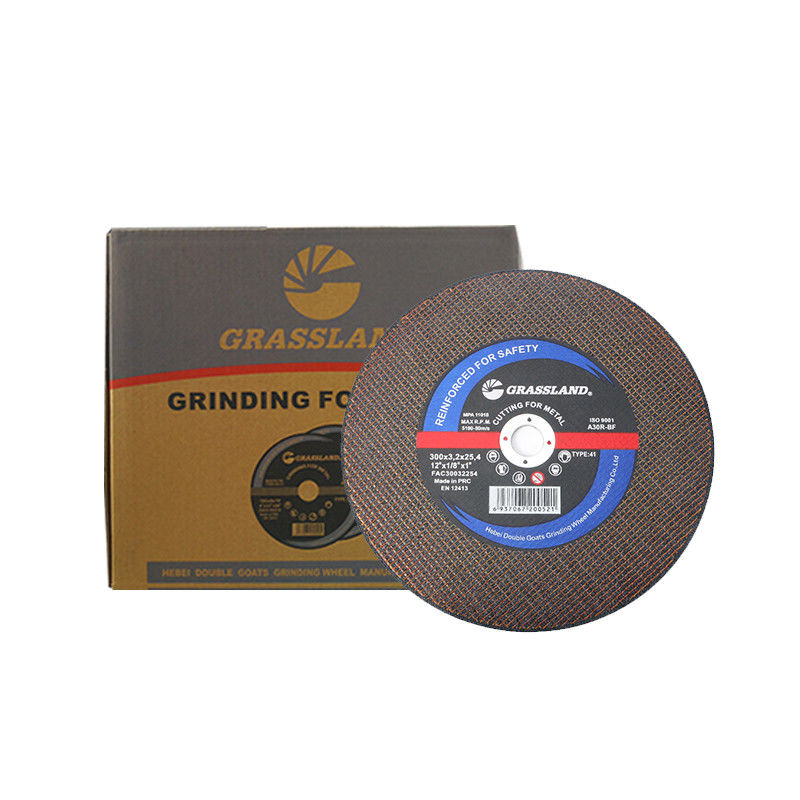Strip Discs vs. Flap Discs A Comprehensive Comparison
When it comes to grinding, polishing, and finishing surfaces in various industrial applications, choosing the right abrasive tool is crucial for achieving desired results efficiently. Among the most popular choices are strip discs and flap discs, each with its unique advantages and best-use scenarios. This article delves into the differences between these two types of abrasive discs, helping you understand which might be the best fit for your specific needs.
Overview of Strip Discs
Strip discs are abrasive tools designed to remove material quickly without damaging the underlying surface. They are typically made up of a fibrous material coated with an abrasive substance. The unique construction of strip discs allows them to flex and conform to the surface being worked on, making them excellent for applications requiring aggressive removal of paint, rust, or coatings. Their design minimizes gouging and provides a smoother finish than traditional grinding wheels.
One of the most significant benefits of strip discs is their versatility. They can effectively be used on various materials, including metal, wood, and plastic. Moreover, they come in different grit levels, making it easy to choose the right one for your project. Whether you need to remove heavy rust or finish a fine edge, there's likely a strip disc suited for the job.
Overview of Flap Discs
Flap discs, on the other hand, consist of multiple overlapping layers, or flaps, of abrasive material arranged radially around a central hub. This design allows for a combination of grinding and finishing in one tool. Flap discs are particularly known for their durability and efficiency, providing a good balance of removing material while also leaving behind a polished finish.
Flap discs are generally preferred for their higher material removal rates compared to strip discs, especially on tougher metals. They are ideal for applications such as weld preparation and deburring, where a smooth finish is required without excessive tool pressure. Additionally, flap discs can be used at various angles, making them versatile for different working conditions and surfaces.
strip disc vs flap disc

Key Differences
1. Construction and Design Strip discs are made of a fibrous material with a coating of abrasives, while flap discs have multiple overlapping layers of abrasive material. This difference impacts their application and performance characteristics.
2. Material Removal Rate Flap discs typically have a higher material removal rate, making them suitable for heavy-duty grinding tasks. Strip discs are more designed for surface preparation and finishing, offering a gentler approach.
3. Surface Finish Strip discs are known for leaving a smoother finish compared to flap discs, which tend to produce a more polished surface due to their layer configuration.
4. Application Versatility Strip discs excel in removing rust and paint from various surfaces with minimal damage, while flap discs are often used for applications requiring both grinding and finishing.
Choosing the Right Disc
Selecting between strip discs and flap discs ultimately depends on the specific requirements of your project. If your goal is to remove heavy rust or paint without compromising the underlying surface, strip discs might be the better choice. Conversely, if you need to perform significant grinding followed by finishing, flap discs often offer greater efficiency and performance.
In conclusion, understanding the distinct features of strip discs and flap discs can significantly enhance your workspace productivity. By carefully evaluating your project needs and the specific properties of each type of disc, you can ensure optimal results in your metalworking or woodworking endeavors.
Post time:Dec - 04 - 2024

















